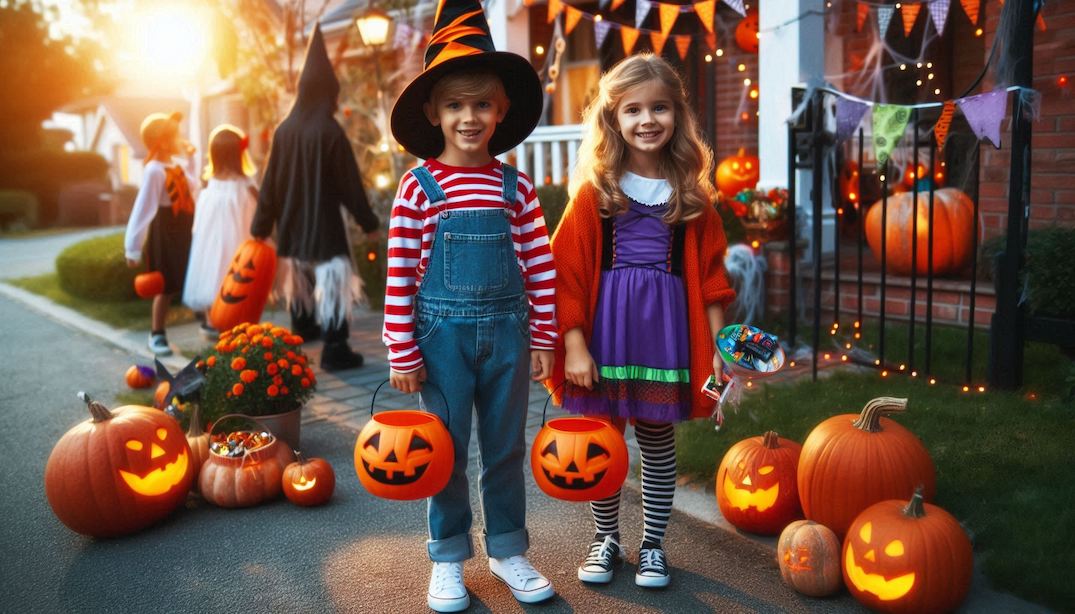
Halloween has its origins in the ancient Celtic festival of Samhain, a pagan celebration marking the end of the harvest season and the beginning of winter. The Celts, who lived around 2,000 years ago in the regions of modern-day Ireland, the United Kingdom, and northern France, believed that the boundary between the living and the dead blurred on the night of October 31st. They held bonfires and wore costumes to ward off roaming spirits, believing that the ghosts of the dead would return to Earth on this night.
When the Roman Empire conquered Celtic territories in the first century AD, some Samhain traditions were blended with Roman festivals, such as Feralia, which commemorated the dead. By the 8th century, Pope Gregory III designated November 1st as All Saints’ Day (or All Hallows), making October 31st All Hallows’ Eve, which eventually became Halloween. The church attempted to replace the pagan holiday with a Christian celebration, but many of the original traditions survived.
How Halloween Started in America
Halloween came to the United States with European immigrants in the 19th century, especially the Irish fleeing the Potato Famine in the 1840s. The holiday evolved as various immigrant groups combined their different harvest and autumn traditions.
By the late 1800s, Americans began to focus on Halloween more as a community event. It became a holiday centered around parties, games, food, and costumes rather than a celebration focused on ghosts or witchcraft. Towns across the country promoted Halloween parties for kids and adults as a way to bring neighborhoods together, and Halloween began to lose much of its religious and superstitious roots.
History and Tradition of Trick-or-Treating
Trick-or-treating has its roots in several traditions. One of the main influences is the medieval practice of “souling”, which took place in parts of Britain and Ireland. Poor people would visit houses and offer prayers for the dead in exchange for food, often small cakes known as “soul cakes.” Another influence is mumming and guising, where people would dress in costumes and perform tricks or songs in exchange for treats. These customs continued in some form into the 19th and early 20th centuries.
Trick-or-treating as we know it became popular in the U.S. around the 1930s. Early on, Halloween involved more mischief and pranks—like tipping over outhouses or soaping windows—which were known as “tricks.” To discourage vandalism, communities encouraged children to dress in costumes and go door-to-door asking for candy, leading to the rise of the “treat” part of the equation. After World War II, with the postwar baby boom and the mass production of candy, trick-or-treating became a widespread, family-friendly activity, cementing it as a central part of American Halloween tradition.
Today, trick-or-treating is an iconic Halloween activity where children dress up in costumes and collect candy, continuing the blend of ancient customs with modern practices.
-Phan Trần Hương-
